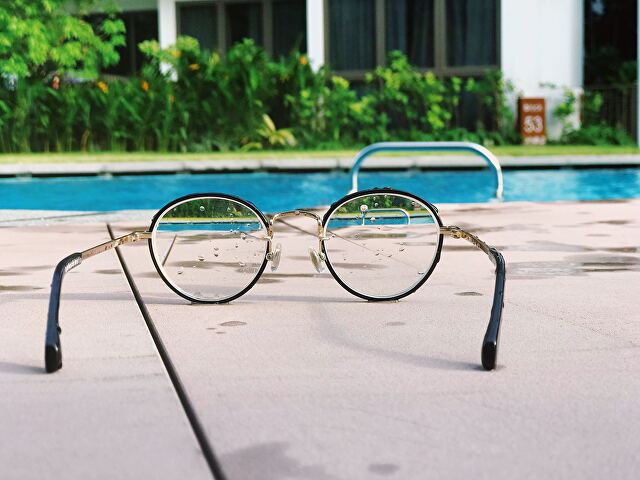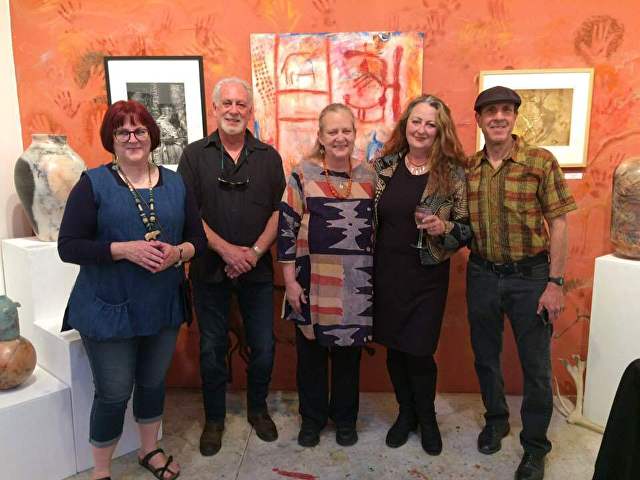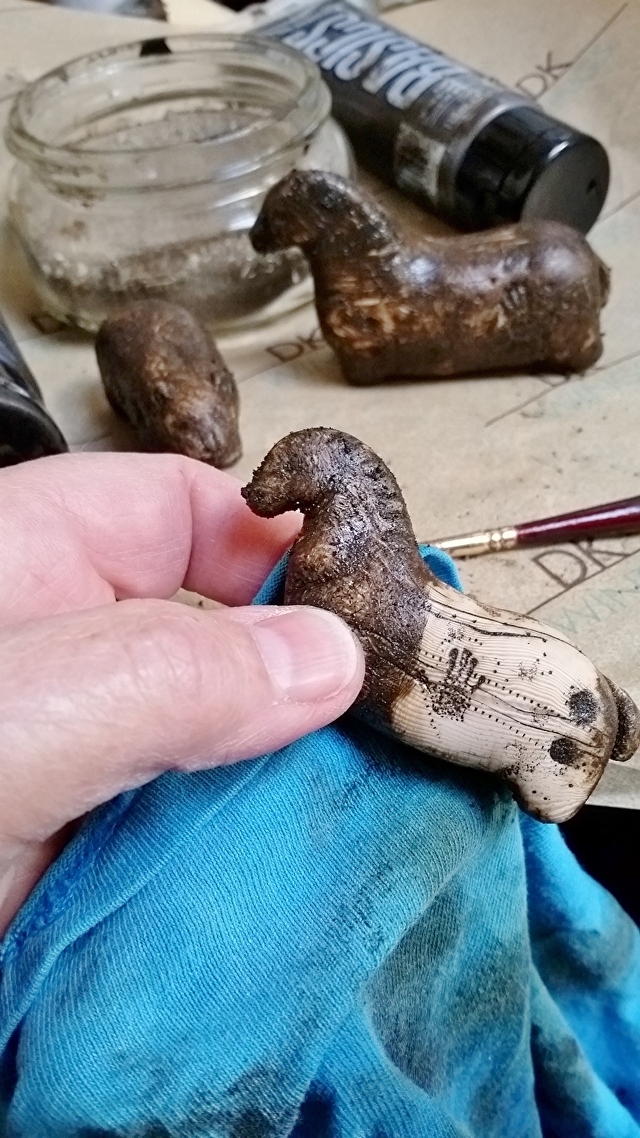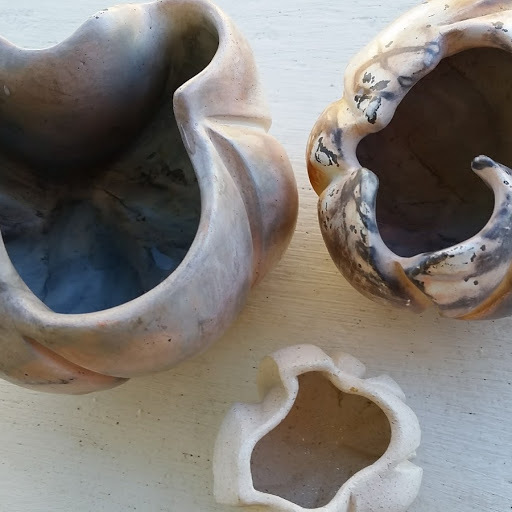(This is one of my favorite articles I wrote for The Crafts Report, now known as Handmade Business, back in July 2010. (I split it into three parts, so stay tuned! And now I can add the backstory behind each ’emergency’, too.)
You probably all know about CERF, the Craft Emergency Relief Fund, an organization that aids craftspeople who have lost their studio or equipment to disaster.
It’s a great organization, and deserves our support. But I can’t help thinking we need a smaller, more immediate, more…intimate…emergency resource for artists and craftspeople. Maybe something that looks like this?
(Phone rings)
(Operator): “Craft 911, what is the nature of your creative emergency?”
(Caller #1): “Waaaaaaaaaaaaaaaaaaaaaaaaaah!”
(Operator): “Please stater the nature of your emergency.” (More wailing in the background.) “HEY! Knock it off!!”
(Caller #1): “Sorry, sorry….I’m just so upset!”
(Operator): “Ma’am, please calm down. Tell me what’s going on.”
(Caller #1): “I didn’t gent into that juried exhibit I applied to. My work is perfect, and they didn’t choose me! It hurrrrrts!”
(Operator): “Okay, ma’am, calmdown. Are your really injured, physically? Or are just your feelings hurt?”
(Caller #1): “I guess….just my feelings? OH, and my pride.”
(Operator): “Well, fortunately, injuried feelings and pride are rarely fatal. You know that hundreds, maybe thousands of artists applied to that exhibit. And the curator has to put together a cohesive show out of those entries. Maybe it has nothing to do with the quality of your work. Maybe it just didn’t “fit in” with the rest of the entries that were submitted.”
(Caller #1): “Oh. Oh, yeah…. I guess I didn’t think of that. You’re right. It’s nothing to get all worked up over. Thanks!”
(Operator): “Happy to be of service, ma’am. Now go finish that new series of pots!”
Now for the backstory.
I created a little artist support group decades ago in New Hampshire, and one of the women was an amazing, wise woman, Bobbye Sansing. (You can read a little more about her and her work here.)
This actually happened to her. She submitted her pottery to a highly-respected ceramics show, and was rejected. She was upset by that, as any of us would be.
But she decided to go see the show, to see if she could figure out why her work wasn’t accepted. And because she had the gumption, and the courage, to do this, I have another valuable life lesson in my backpack.
All the pottery on exhibit was white.
Bobbye realized she wasn’t rejected for not being “good enough”. It was because the curator was a) obviously limited and limned by the venue’s space; b) had to put together a cohesive exhibit of the works submitted; and c) had gone with the white work because that’s what worked for them.
Her work didn’t fit in to that particular aesthetic. Her pottery work is pit-fired pinched pots, in dark shades of brown and black. (She added white to her repertoire after this, though!)
And yet, I’m always amazed at the number of people who don’t understand 100% that judging/evaluating/nominating is about who the judge is, and how that person feels about our work. Not necessarily how good our work is, how famous we are, etc.
Another example of how this works: An extremely talented artist griped to me a few years ago that a highly-respected open studio tour had rejected their application. They were offended, angry, obviously deeply hurt.
In this case, I knew a little backstory: Though there was a regular team that reviewed the artwork, there was also an “outside judge”–a curator, or a gallery owner, or an art critic, etc.–who was invited to the review process, every year.
And that the judge, (and even some members of the committee) were different every year.
“So one person’s opinion might have struck you out,” I said to them. “But there will be a different person every year. Why not just try again next year?”
They did.
And they got in, hands down.
Another story: I served on the steering committee of a major annual craft show in New Hampshire. The craft org had several awards at its annual fair, including one for best booth. Again, a different outside judge was added to the mix every year. One year, a lot of people got very low booth scores, and no one could figure out why. Until one exibitor overhead that judge exclaim loudly, “What’s with all the black booths?! I HATE BLACK BOOTHS!!” And they gave really low scores to all the people who had black panels, black displays, black carpeting, etc. in their booth set-up.
The moral of this story?
Do your best. Persevere. And don’t let the opinions of others keep you from making the work of your heart.
I am forever grateful to Bobbye for her wisdom and insights, and her courge to set aside anger and disappointment in favor of learning more and doing more.
Stay tuned for Part 2!
Bobbye Sansing’s beautiful handformed, pit-fired pottery vessels.
























